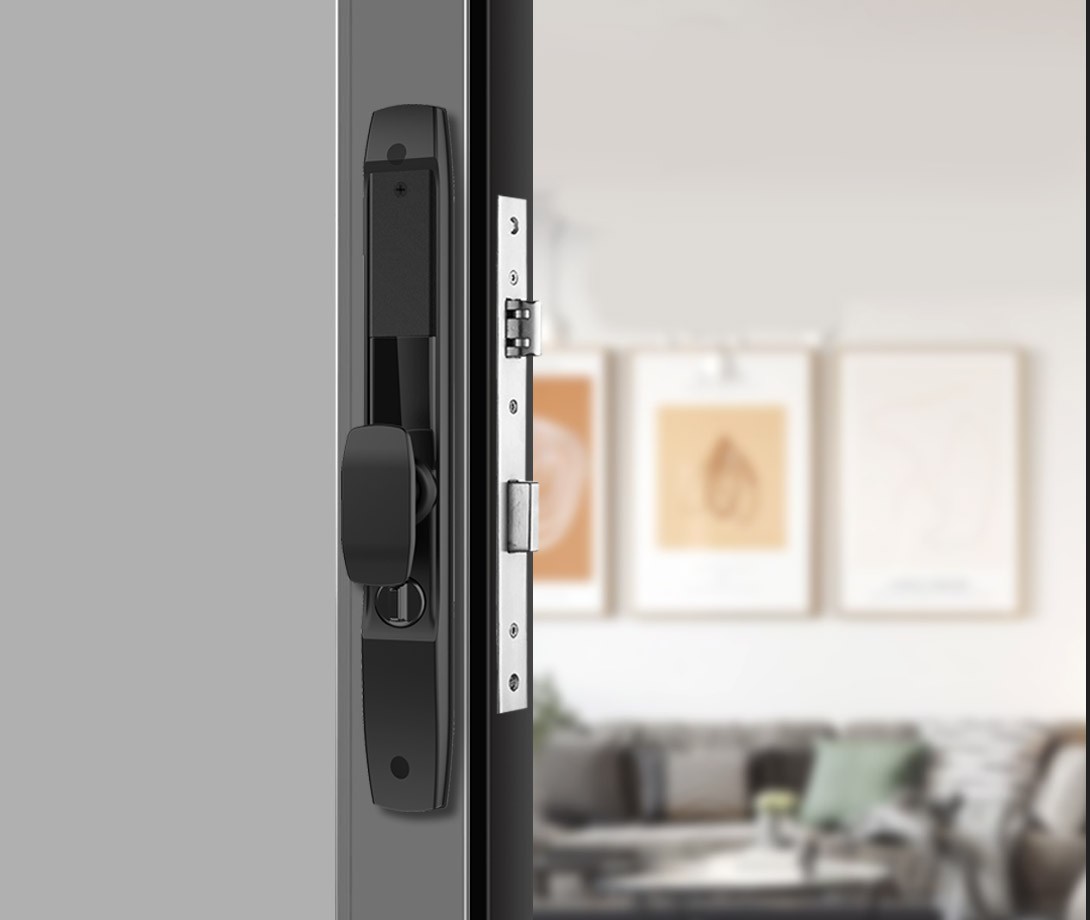What Happens If Your Smart Lock Battery Dies?
Picture this: You’re returning to your Airbnb after a long day of travel, you tap your phone against the smart lock…and nothing happens. No green light, no welcoming click—just ominous silence. Your smart lock battery is dead, and now you’re locked out.
This scenario is becoming increasingly common as smart locks replace traditional keys in homes, apartments, and vacation rentals across America. In this comprehensive guide, we’ll cover exactly what happens when your smart lock loses power and—more importantly—how to:
Recognize the warning signs of a dying battery
Get inside when your lock is completely dead
Choose the right backup power options
Prevent future lockouts
Decide when it’s time to call a locksmith
Whether you’re a homeowner, renter, or frequent traveler, understanding smart lock power failures could save you from a frustrating (and potentially expensive) situation.
1. How Smart Lock Batteries Work
Most modern smart locks operate on:
- 4 AA batteries (most common)
- CR123 lithium batteries (higher-end models)
- Built-in rechargeable batteries (some newer models)
These typically last:
- 6-12 months with regular use
- 2-3 years with infrequent use
Pro Tip: Smart locks consume more battery when frequently using features like auto-lock/unlock, Wi-Fi connectivity, or fingerprint recognition.
2. Warning Signs Your Smart Lock Battery Is Dying
Smart locks don’t just die suddenly—they usually give plenty of warning:
Mobile app notifications (most systems alert you at 20% and 10% battery)
Unusual sounds (slower motor movement, weaker “clicking” noises)
LED indicator lights (flashing red instead of solid green)
Failed or delayed responses to codes/fingerprints
Critical: When you get the first low battery alert, replace batteries immediately or use the emergency power option (see Section 4).
3. What Happens When the Battery Dies Completely?
Scenario 1: You’re Inside the Home
If the lock dies while you’re inside:
- The lock typically remains in its last state (locked stays locked, unlocked stays unlocked)
- You can still operate the manual thumbturn (interior handle)
- Most models allow interior battery replacement without unlocking
Action Steps:
- Replace batteries using the interior access panel
- Keep spare batteries in a designated spot (not locked inside a closet!)
Scenario 2: You’re Locked Outside
This is when things get stressful:
- Keypad lights won’t turn on when touched
- Phone apps show “offline” status
- Physical keys won’t turn (if you didn’t set up mechanical override)
Emergency Solutions:
9V battery boost (see next section)
Hidden mechanical key (if you remembered to set one up)
Landlord/management company access
Locksmith service ($$$)
4. The Lifesaving 9V Battery Trick
Most quality smart locks include an emergency power terminal—usually a small metal plate somewhere on the exterior. Here’s how to use it:
- Find the terminals (often under a discreet cover near the keypad)
- Touch a 9V battery to the contacts (positive to positive, negative to negative)
- Wait 10 seconds for temporary power
- Quickly enter your code or use your phone
Pro Tip: Keep a 9V battery in your car glove compartment or bag if you use smart locks regularly.
5. Backup Access Options Every Smart Lock User Should Set Up
Prevent disasters by configuring these before your batteries die:
A. Mechanical Key Backup
- Most smart locks include a traditional keyhole
- Store spare keys with a trusted neighbor (not under the mat!)
B. Multiple User Codes
- Program codes for family members/housekeepers
- Avoid being the only person who can open the door
C. Remote Access Sharing
- Services like August allow temporary digital keys
- Give access to friends or service providers when needed
D. Smart Home Integration
- Connect to a hardwired smart hub
- Some systems can alert you before batteries die
6. Battery Maintenance: Pro Tips to Avoid Failures
Extend your smart lock’s battery life with these habits:
Use lithium batteries (last longer in cold weather)
Disable unnecessary features like auto-lock if rarely used
Clean battery contacts annually with rubbing alcohol
Set calendar reminders to check batteries quarterly
Battery Life Comparison:
| Battery Type | Avg. Lifespan | Best For |
|---|---|---|
| Alkaline AA | 6-9 months | Budget option |
| Lithium AA | 12-18 months | Cold climates |
| Rechargeable | 3-6 months | Eco-friendly users |
7. When to Call a Professional
Despite all precautions, sometimes you need help:
Call a locksmith if:
- The 9V trick doesn’t work
- Mechanical key won’t turn
- You suspect internal damage
Contact manufacturer support if:
- The lock is under warranty
- You’re getting false low-battery alerts
- Firmware issues are suspected
8. The Future: Battery-Free Smart Locks?
Emerging technologies may solve this problem entirely:
Energy-harvesting locks (powered by turning the handle)
Solar-powered models
Hardwired smart locks (direct home power connection)
Final Thoughts: Be Prepared, Not Scared
While smart lock battery failures can be inconvenient, they’re rarely catastrophic if you prepare properly. By understanding your lock’s power needs, setting up backups, and recognizing early warning signs, you can enjoy keyless convenience without the stress of unexpected lockouts.
Have you ever been locked out by a dead smart lock?
Post time: May-08-2025


